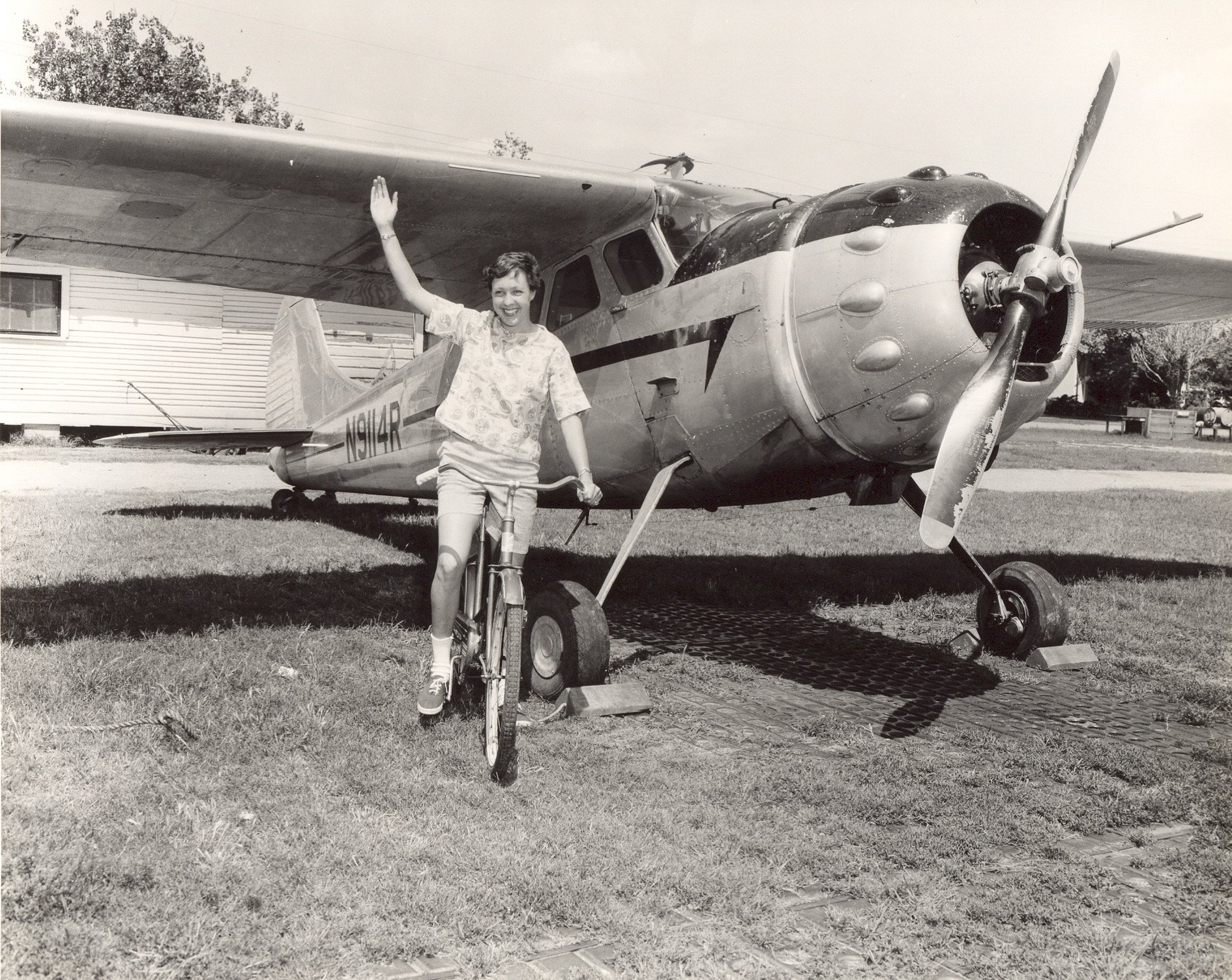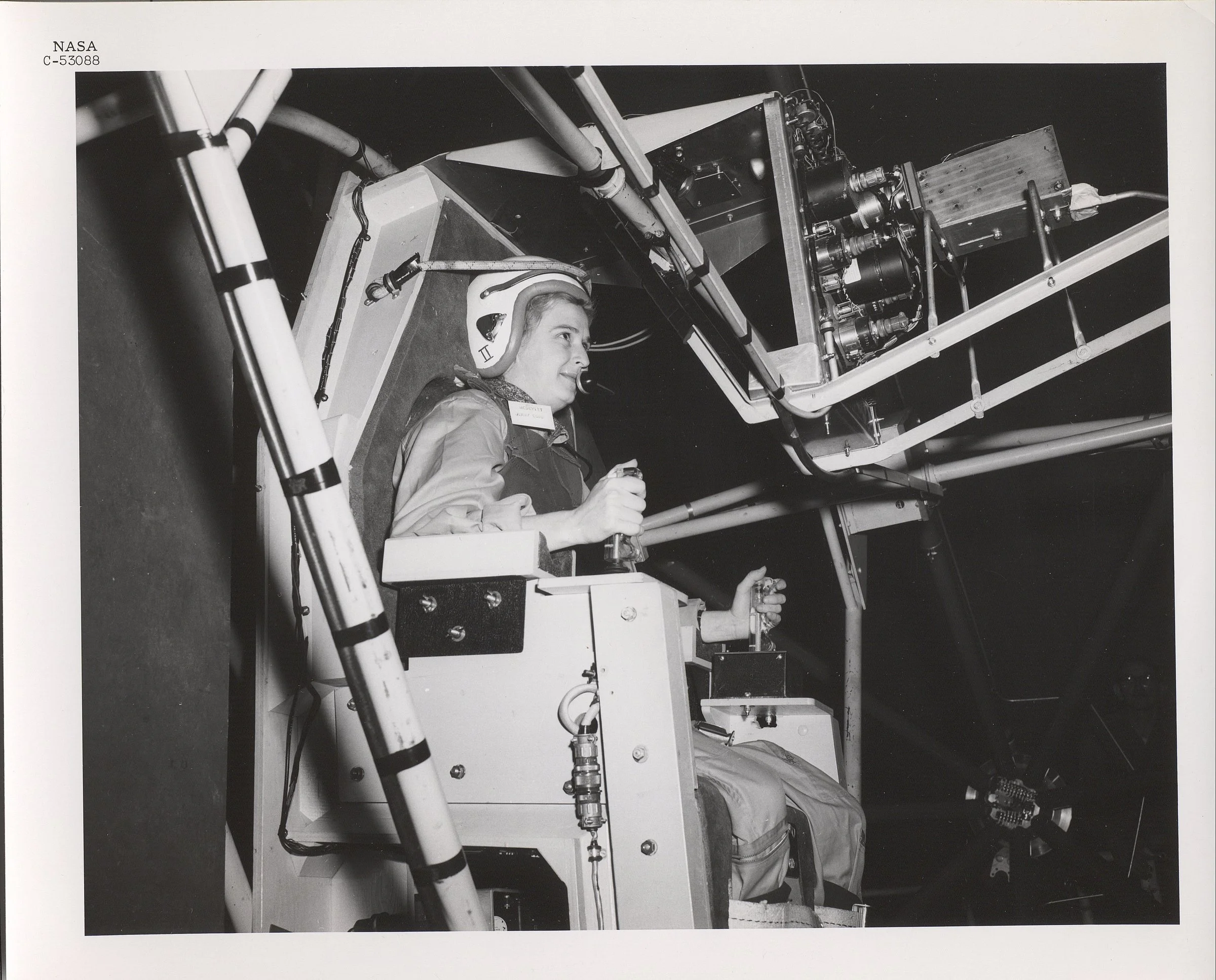
JERRIE COBB AND THE MERCURY 13 is a limited 9-hour series based on a true story that was buried for decades…We travel back to the early 1960s when astronauts are the nation’s superheroes…and watch a dramatic conflict erupt when Jerrie Cobb and twelve more female pilots pass the grueling, infamous Mercury astronaut tests.

SERIES SYNOPSIS: From the age of twelve, female pilot Jerrie Cobb wants to fly higher and faster than anyone else. Although painfully shy, she talks herself into a fulltime position flying surplus warplanes around the world.
At the dawn of the Space Age, Jerrie (Pilot of the Year in 1959) gets the opportunity to take the rigorous “right stuff” Mercury astronaut tests. And she knocks the socks off the doctors. They think she must be a one-of-a-kind female, so she sets out to prove them wrong – to show them that women pilots can be astronauts.
Jerrie approaches her childhood hero – the rich, commanding, larger-than-life pilot Jackie Cochran – to raise the money to put other female pilots through the infamous right stuff tests. Jackie agrees. Jackie and Jerrie both recruit experienced, intrepid female pilots and twelve more pass the tests. It looks like this colorful group of thirteen female pilots have a shot at flying in space!

Even though these successful female pilots have thousands of hours of flying time under their belts, even though they are willing to risk their lives to help the US launch a woman into space before the USSR does, they are up against huge obstacles that are fundamentally cultural, not physical.
NASA pulls the plug on the Woman in Space Program with no explanation. Tension grows between Jerrie and Jackie, but Jerrie overcomes her extreme shyness to become the de facto leader of the Mercury 13.
Together with fellow female pilot Briggs Hart, she takes on the nation’s powerbrokers, and sparks a debate in the US Congress over whether women should be eligible for the space program. Their testimony before Congress is eloquent, but Jackie Cochran undermines them, and America’s greatest astronaut hero, John Glenn, testifies against them --upending their quest.
Jerrie decides to move to the Amazon jungle, where she spends the rest of her life flying supplies into remote indigenous tribes. The series ends when Jerrie Cobb hears that American astronauts have landed on the moon. Our last shot is Jerrie, wistful and stunned, but ultimately exultant, dancing on the wing of her plane in the moonlight in the jungle.

Funders
Mass Humanities | JFK Presidential Library | LBJ Presidential Library | Eisenhower Presidential Library | The Sophia Smith Collection at Smith College
Board of Advisors
Nancy Cott (Harvard University) | Susan Douglas (University of Michigan, Department of Communications Studies) | Roger Launius National (Air and Space Museum Division of Space History) | Howard McCurdy (American University, School of Public Affairs) | Susan Ware (Radcliffe Institute for Advanced Study, Harvard University) | Margaret Weitekamp (National Air and Space Museum, Division of Space History)




